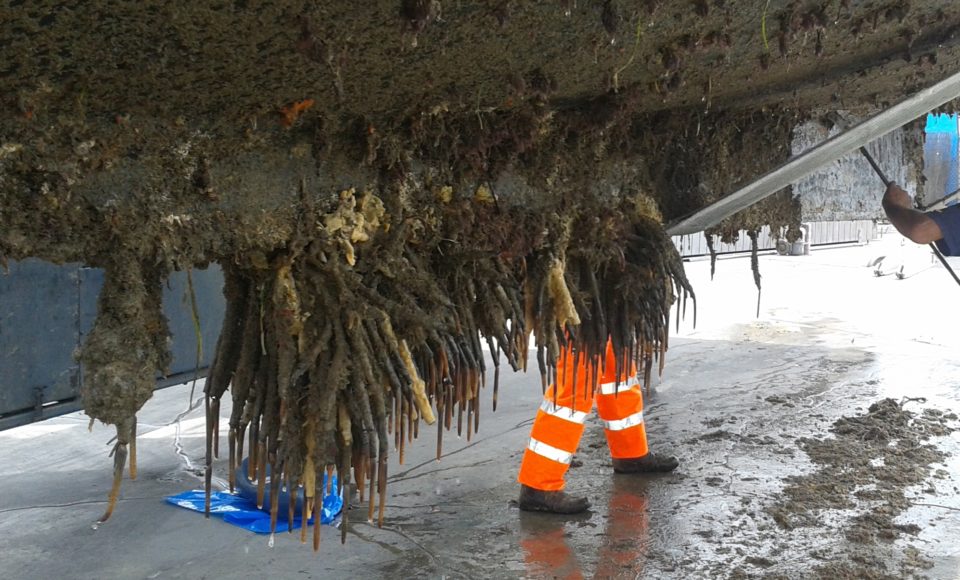Divers plan to check 2000-plus boat hulls from this month until May 2022 as part of an ongoing search targeting unwanted pests threatening Northland’s marine environment.
Jack Craw, who chairs the Northland Regional Council’s Biosecurity and Biodiversity Working Party, says the Northland-based dive contractors Marine Environmental Field Services (which had carried out the surveys for the past three years) would be back in the water again this season.
Craw says authorities are keen to ensure vessels are free of marine pests before owners start travelling to new areas with the onset of warmer summer weather.
“With Covid-19 once again likely to force a rethink on holiday plans for many, we’re expecting higher numbers of vessels to be holidaying in Northland over the approaching summer so our message of ensuring vessel hulls are clean before they arrive is crucial.”
Craw, who represents the council’s Whangarei Urban constituency, says one of the unwanted pests that authorities are targeting is Mediterranean fanworm (Sabella spallanzanii) which is now well-established in Whangarei Harbour.
He says if a vessel in Whangarei Harbour is found to be harbouring fanworm, an inspection notice and warning letter will be left on the vessel advising its owner its hull needs to be cleaned if it is going to move to another designated place/harbour.
In all other Northland harbours, a Mediterranean fanworm discovery on a vessel hull will result in a direction to haul it out for cleaning immediately (at the owner’s cost) and they may also be subject to prosecution.
Kathryn Lister, the council’s Biosecurity Manager – Marine, says among a range of unwanted marine nasties divers will be checking for on hulls and other artificial structures are a number already known to be in New Zealand.
Included are Asian date mussel (Arcuatula senhousia), Australian droplet tunicate (Eudistoma elongatum), clubbed tunicate (Styela clava), little bottles sea squirt (Clavelina oblonga) and Mediterranean fanworm.
Other unwanted species not known to be here yet, but which divers will also be vigilant for, include northern Pacific seastar (Asterias amurensis), European green crab (Carcinus maenas) the green alga Caulerpa taxifolia, Chinese mitten crab (Eriocheir sinensis) and Asian clam (Potamocorbula amurensis).
Lister says in addition to rules covering transportation of marine pests, council has rules limiting the amount of ‘biofouling’ (build-up of microorganisms, algae, plants and pests) vessels can be carrying when they enter new spots.
“Vessel hulls are the most common way for marine pests to hitch a ride and our Marine Pathway Management Plan aims to manage this issue.”
Under the plan, any vessel entering Northland waters or moving from one harbour to another must have no more than ‘light fouling’, defined as a slime layer and/or barnacles and a few patches of macrofouling.
“Marine pests can hitchhike and hide within boat fouling, so preventing the movement of infested vessels is the best way to stop the spread of marine invaders,” says Lister.
“If a pest species is detected, owners will be asked to haul the vessels out and clean or treat them in a timeframe appropriate to the level of risk. A $500 fine may also apply.”
She says the regional council is very appreciative of the steps so many boaties are already taking to keep their boat hulls clean and similarly, great support from Northland’s marina operators.
“Marina operators have been requiring a receipt proving a vessel conforms to what’s been dubbed the ‘six or one’ initiative; being either antifouled within the preceding six months or having undergone a ‘lift and wash’ within the preceding month.”



